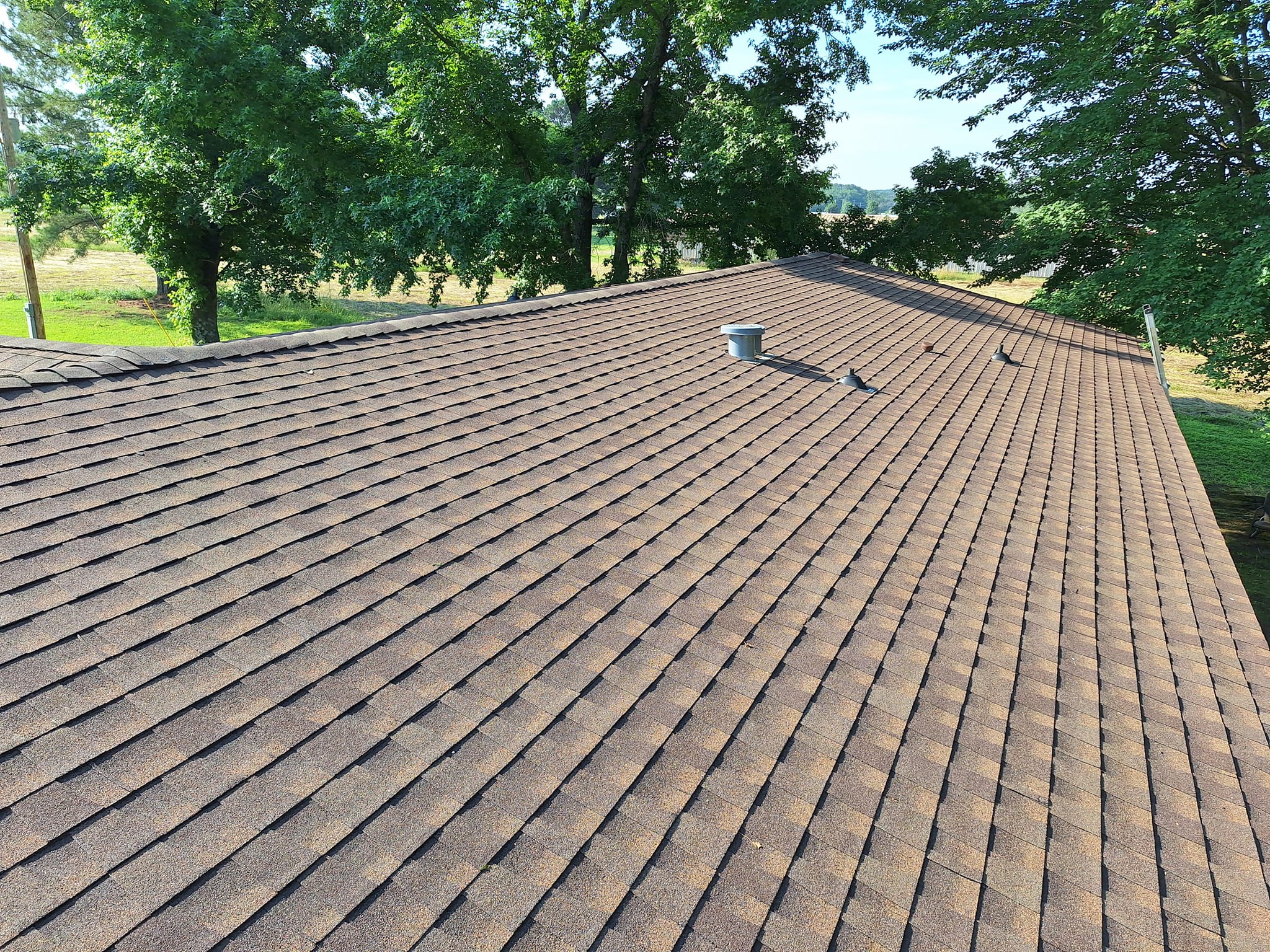
Sustainable Solutions in Modern Construction Projects Aug 17, 2025
The concept of sustainable construction revolves around the principle of reducing the carbon footprint of buildings while enhancing resource efficiency. At the heart of these strategies is the adoption of green building materials. Companies dedicated to sustainability, such as Building Faith, frequently opt for renewable resources that have minimal environmental toll—think bamboo flooring, recycled metal roofing, and low-VOC (volatile organic compounds) paints that minimize indoor air pollution.
Energy efficiency is another cornerstone of sustainable construction. Modern projects aim to incorporate advanced technologies, such as smart home systems and energy-efficient appliances, which help to lower energy consumption. Builders are also embracing innovative techniques like passive solar design, which strategically positions windows and insulation to maintain comfortable indoor temperatures year-round without excessive reliance on heating or cooling systems.
Water conservation is a vital component of sustainable construction strategies. In many regions, water scarcity has become a pressing concern, driving the need for efficient water management practices in new construction projects. Low-flow plumbing fixtures, rainwater harvesting systems, and drought-resistant landscaping are practical solutions that reduce water usage significantly. Builders like Building Faith are increasingly prioritizing these methods, ensuring that they are integrated into the planning and development phases.
Sustainable construction is not only about the building phase but also involves lifecycle consideration. Building Faith focuses on the deconstruction or repurposing of existing structures, ensuring that materials are recycled and reused wherever possible, rather than merely disposed of in landfills. This approach minimizes waste and lowers the ecological footprint of construction activities.
Moreover, sustainable construction practices are inherently designed to enhance the health and well-being of occupants. Better indoor air quality, increased natural light, and use of nontoxic materials create spaces that are healthier and more comfortable to live and work in. Homeowners are increasingly aware of these benefits, leading to a surge in demand for green-certified homes that adhere to strict environmental standards.
For insightful guidance on planning a sustainable construction project, Building Faith offers consultations that can illuminate the most effective strategies tailored to specific needs. By collaborating with experts, stakeholders can ensure environmentally responsible decisions throughout the project's lifecycle.
In conclusion, sustainable construction solutions are not merely a passing trend; they represent a necessary evolution of building practices that benefit both the planet and its inhabitants. By focusing on sustainable methods, companies like Building Faith are not only preserving our environment for future generations but are also enabling clients to achieve greater energy savings and healthier living conditions. For those embarking on construction or remodeling projects, understanding and integrating these principles is an investment in the future that promises both environmental and economic rewards. As awareness of sustainability continues to grow, adopting these practices will become crucial, paving the way for a greener, more sustainable construction landscape worldwide.
/filters:no_upscale()/media/848c6c90-e224-4f9e-8d10-87c220d266cd.jpg)